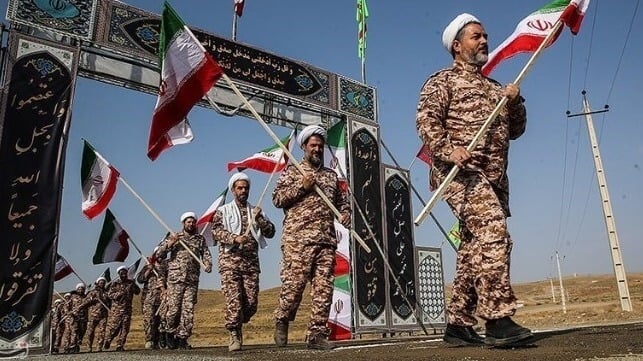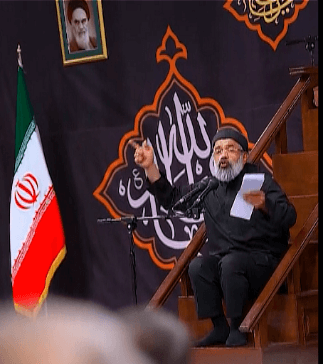Iran's Internal Turmoil Could Have Regional Ripple Effects

In the Western world, the news cycle has moved on. But in Iran, the country is still in trauma following devastating Israeli and American air raids, which Iranians knew might come but which they relaxed into believing never would. The risks remain of a resumption of fighting, which would cause widespread disruption to trade and shipping across the region (and within some very nervous Gulf states).
Since the ceasefire on June 24, the Iranian government has permitted Western media visits to the country, and while the carefully-controlled reporting from inside the country has painted a picture of defiance, once the reporters were safely home, a different picture has emerged - complementing what can be deduced from Iran’s own active media scene. There is little doubt that the 12-Day War has had a profound effect on Iran’s future trajectory.
A subtle but powerful indicator of the change was the first post-war appearance on July 5 of the Supreme Leader Ali Khamenei. A man with no clear successor, he emerged from hiding in his bunker to make a surprise appearance at a prayer meeting. He immediately asked a prominent religious singer to adapt a well-known poem, giving a new Iranian nationalist spin to Ashura and the battle of Karbala, key Shi’ite calendar events. Such small gestures mean a lot in Iran. By stoking patriotic sentiment in this way at the expense of religious focus, the war has provided the clerical leadership with further cause to tighten the IRGC’s grip on Iranian society, focused inwards under the pretext of the threat from external enemies.
 At the invitation of Supreme Leader Khamenei, Haj Mahmoud Karimi chants a dirge at the July 5 Husseiniyya meeting (https://farsi.khamenei.ir/video-content?id=60621)
At the invitation of Supreme Leader Khamenei, Haj Mahmoud Karimi chants a dirge at the July 5 Husseiniyya meeting (https://farsi.khamenei.ir/video-content?id=60621)
Reflecting this symbolic gesture, and using mass arrests and threats of public executions, the spark of a popular revolt against the regime has for the time being been stamped out. Most Iranians for now put flag before faith. However, that does not remove widespread contempt for the leadership, which has failed to defend Iran effectively and jeopardized normal life for most Iranians through their foreign adventurism. So the powder keg is loaded but not yet fused, and while the Israeli attempt to destabilize the regime has failed for the moment, a revised approach could work in the future.
Notwithstanding the new lead from the top, the split between hard-liners and reformists within the political ruling elite has widened. Hardliners have issued death-threat fatwas, urged a rush to complete nuclear weapons manufacture, threatened bigger ballistic missile attacks on Israel and American bases, and called for the closure of the Straits of Hormuz. Reformists, including President Pezeshkian - who was wounded in an Israeli attack on June 16 - have pressed on with attempts to revive negotiations with the United States. Previously, hard-liners and reformists papered over their differences; now some 30 hardliners in Parliament are even suggesting President Pezeshkian is fomenting a coup. The danger is that the two factions will pursue uncoordinated and opposing courses of action, some of which could be highly destabilizing. Examples are already emerging, like the seizure of a huge arsenal of new weaponry newly-shipped by the IRGC Qods Force to the Houthis and intercepted in the Red Sea by the UAE-backed National Resistance Forces. The resumption of Houthi attacks on shipping is no doubt encouraged by the IRGC.
The political chasm between hardliners and reformists has been widened further by continuing bomb attacks mounted from within Iran on key IRGC figures, and the feeling that more Israeli attacks could occur at any time. This is compounded by the difficulties the leadership are having communicating with each other, now that it seems dangerous to live at home, use WhatsApp or even carry a mobile phone.
Save for the hotheads, most Iranians sense the delicacy and dangers of the moment and remain cautious - much like the Iranian Navy still hiding out at sea, keeping a low profile and out of harm’s way. In this environment, small unpredictable events could well ripple across the region into another security crisis - perhaps next time not so well contained as the 12-Day War.
The opinions expressed herein are the author's and not necessarily those of The Maritime Executive.
